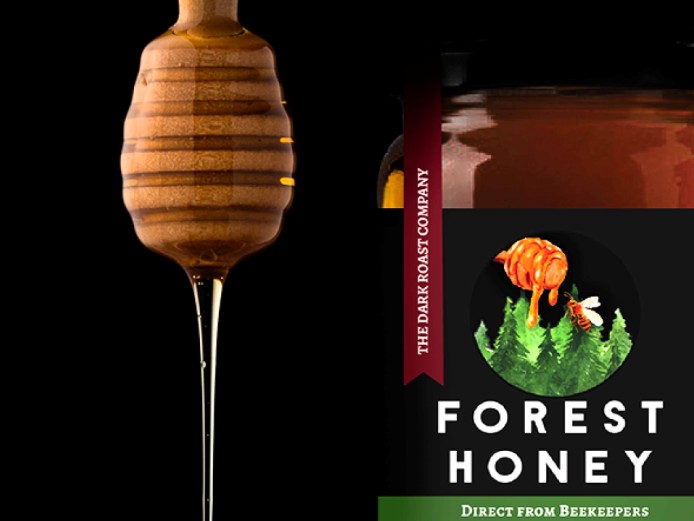

Understanding Honey Types with The Dark Roast Company
Honey, a natural wonder cherished for its diverse flavors and health benefits, is often associated with the flowers and locations where bees gather nectar. However, there’s often mystery about how certain types of honey are collected. We at The Dark Roast Company are here to help clear some of the most common questions and misconceptions around honey types. While flower sources indeed impact honey, they don’t singularly define its taste. Instead, they influence various characteristics, including taste, color, smell, viscosity, and health benefits. Let’s learn how the process of honey collection takes place and how certain factors determine the final product.
Controlling Bee Locations for Targeted Nectar Collection:
Beekeepers strategically position beehives in specific locations to ensure bees have access to desired floral sources. By placing hives near or within the proximity of specific flower fields or orchards, beekeepers encourage bees to forage predominantly on those particular blooms. This practice allows beekeepers to influence the honey’s taste and characteristics by guiding bees to collect nectar from selected flowers. By controlling the location, beekeepers can better ensure bees primarily access intended floral sources, which, in turn, contributes to the uniqueness of the resulting honey.
Dispelling the Flower-Flavor Myth:
Contrary to popular belief, the taste of honey isn’t a direct mirror of a single flower’s flavor. As an example, honey collected from Jamun farms does not result in honey that tastes exactly like Jamun, even though it may boast of a unique texture, color and a complex intense taste.
Impact on Taste, Color, Viscosity, and Health Benefits:
Taste: Honey’s taste is most often a medley of various floral sources, offering a rich and nuanced flavor palette, rather than resembling a specific flower’s taste – usually a combination of floral, fruity, earthy, and sometimes even spicy notes.
Color: Flower sources influence honey’s color, resulting in a spectrum from light golden to a dark amber, each hue indicating different floral origins and sweetness levels.
Viscosity: The floral composition affects the viscosity and texture of honey, determining its flow and thickness.
Health Benefits: Different flowers possess unique nutritional properties, subtly infusing antioxidants and potential health benefits into the honey.
Now that you are aware of these key factors, you are better equipped with the right information to help you in your next honey buying decision. The Dark Roast Company specializes in sourcing the best pure organic honey from some of the best farms and beekeepers the country has to offer, delivering it straight to your doorsteps. From Jamun Honey to Eucalyptus Honey, Forest Honey and Raw Honey variants, each type provides a distinct taste and unique set of health benefits. To know more about them, have a look at our Organic Honey Variants.
Disclaimer: Do not feed infants below 12 months of age.
₹698 Original price was: ₹698.₹645Current price is: ₹645.
₹698 Original price was: ₹698.₹645Current price is: ₹645.
₹2,350 Original price was: ₹2,350.₹1,950Current price is: ₹1,950.
₹1,848 Original price was: ₹1,848.₹1,750Current price is: ₹1,750.
₹1,848 Original price was: ₹1,848.₹1,750Current price is: ₹1,750.